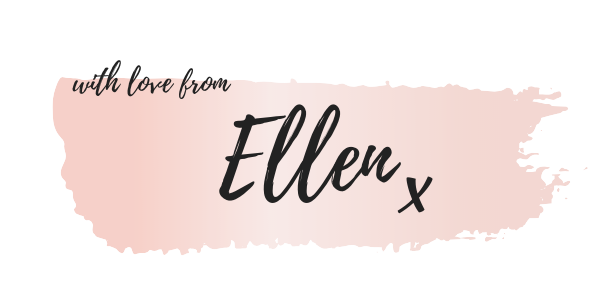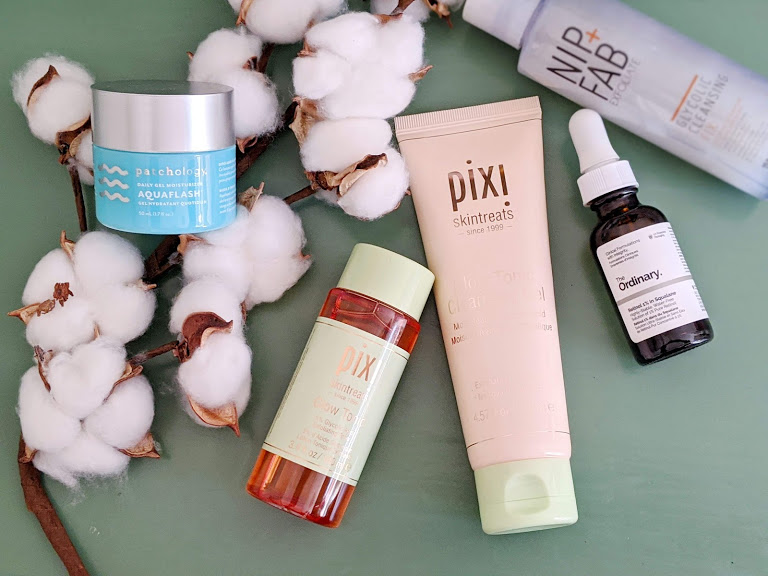
I’ve suffered with milia for as long as I can remember – my attempts at trying to remove them from my face are what inspired my love of skincare. Milia are little bumps that typically pop up around the cheek and eye area.
They are essentially a tiny cyst filled with keratin (the stuff your hair and nails is made of). The keratin gets trapped under the skin, causing these little bumps. They’re not spots or problems with your pores, nor are they harmful, but they are super annoying.
I’ve had them for years and they never really go – they just get bigger or smaller. Unfortunately, to get them gone you need to see a dermatologist or other skincare professional to get them removed. However, this costs a lot of money and won’t stop milia from developing again, so you’d just have to keep paying to have them removed. They’re also removed using a needle, which is a bit of a scary prospect for me, and I wouldn’t want anyone poking around near my eye like that.
Over the years, I have used a whole bunch of different skincare products to try and reduce my milia, and I’ve found a few things that work better than others. Here I’ll share some of the tips I’ve learned through trial and error!
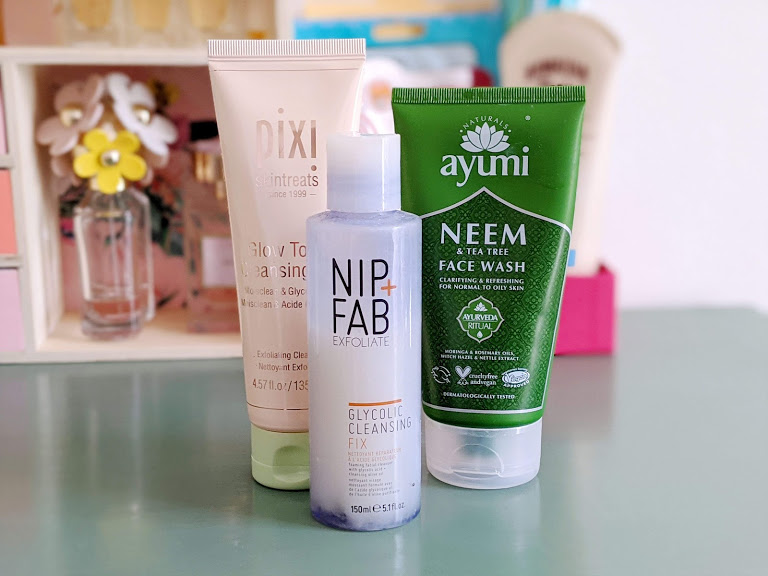
Cleansing is Key
Of course, you should be cleansing twice a day every day, but it is even more important that you stick to this when you get milia. I use gel cleansers as they are lighter, don’t clog up my skin, and I feel like they do a good job.
I also prefer ones with either acid or botanicals in. The acid adds extra exfoliation, which as I will mention, is also crucial for milia treatment. I also love using tea tree based cleansers, as they reduce any inflammation and help to heal skin.
However, you may want a gentle cleanser, suited to sensitive skin, as you do not want to cause any more inflammation on your face.
Don’t Ever Pick Them!
While it can be really tempting to try and pick off milia, it is a really bad idea. From time to time I think ‘hmm, maybe this time it will work’ but it absolutely never does. Instead it just makes an absolute mess of your face and will likely cause scarring.
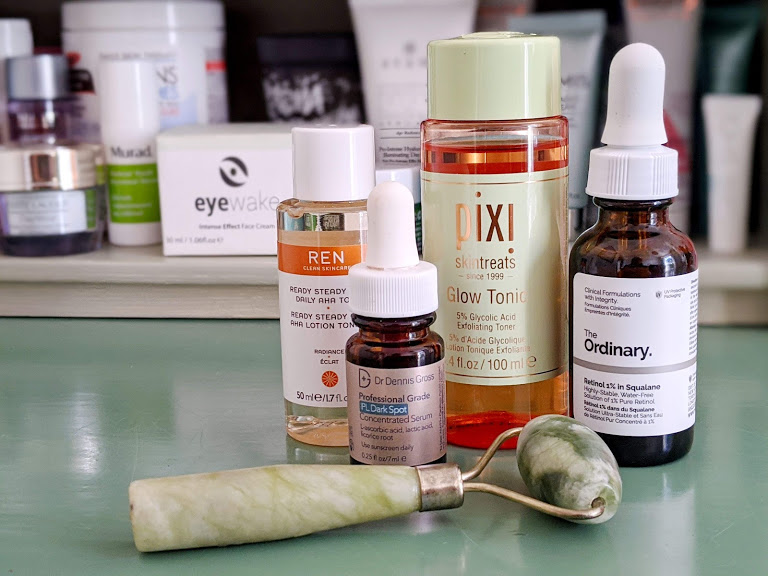
Exfoliate, Exfoliate, Exfoliate
One of the only ways you’re going to get rid of milia is from regular exfoliation. You should pick an acid exfoliator over a physical scrub, as you want to gently remove dead skin rather than cause further irritation and potentially cause micro tears.
The best product in my budget I have found so far is Nip + Fab’s Glycolic Fix Extreme Night pads, which contain both salicylic and glycolic acid. After using one of these my skin is super smooth and my milia are noticeably reduced.
If you really prefer a physical scrub, then the best one I have tried is the Yes to Tomatoes Detoxifying Charcoal 2-in-1 Scrub & Cleanser Stick, which is actually fairly gentle for a scrub, and does a really good job of smoothing skin.
Use Retinol
Maybe once a week, get out the retinol and apply to clean skin. Retinol really helps to even out and smooth the skin, so it is perfect for treating milia. Retinol can be too much for some people’s skin though, so start off with a lower intensity product. After about a year, I am now using The Ordinary’s Retinol 1% in Squalane.
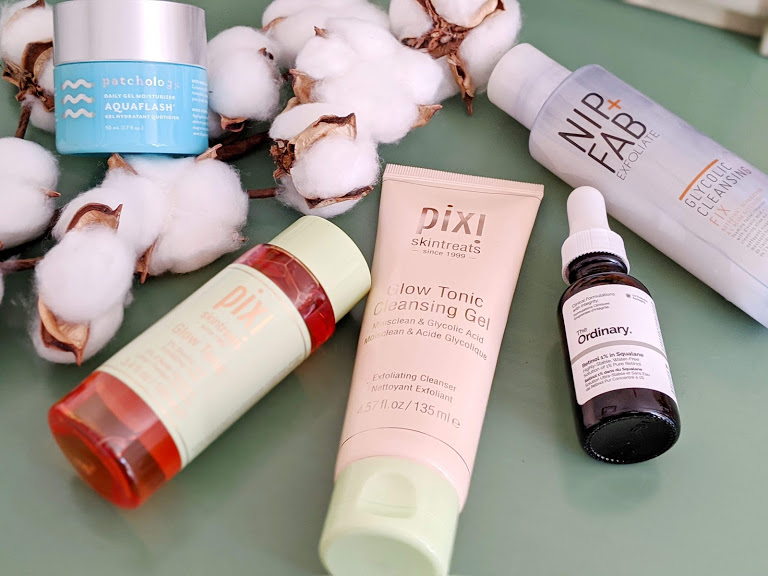
Avoid Oily or Thick Products
While it could be different for other skin types, I find that if I use oil-based products or thicker creams in my skincare routine, this can trigger a worsening of my milia. I mostly use gel-based cleansers and water-based moisturisers so they are light and don’t feel like they’re clogging up my skin more.
Be Careful With Highlighter
Not a skincare tip, but just something I’ve learnt over the years is that you need to be careful with your highlighter placement if you do makeup when you have milia. Unfortunately, milia usually form right where you would make yourself shine with a good highlighter. But, as the name suggests, adding a highlighter over milia will ‘highlight’ the problem and make them look more prominent.
If you use highlighter or shimmer in your makeup routine then try to avoid putting any directly over your milia.
I’ve really upped my skincare routine recently and made sure to stick to a proper regime and it has really improved the condition of my skin, making the areas of my face with milia much smoother. While they never properly go away for me, ensuring I cleanse, exfoliate and moisturise properly has made it more manageable and less noticeable!
I’m happy to answer any questions you have about milia, and am always open to suggestions on how to treat it, so drop me a comment below either way! For more skincare stuff, check me out on Instagram @ellen.noir!

